Cuandixia Village is located between Shuangshitou Village and Baiyu Village under the jurisdiction of Zhaitang Town in Mentougou, Beijing.
Lying about 90km west of Beijing, Cuandinxia Village is an ancient village of over 400 years built in Ming and Qing Dynsties with an area of 5.3 square km.
“Cuandixia – 爨底下” literally means “under the stove” relative to fire wood and cooking on an stove ( something hot ). All the surnames of the people in Cuandixia Village are “Han – 韩”. “Han – 韩” in Chinese has the same pronunciation of “寒” ( Cold ). So 爨 Cuan (hot) and “韩” (cold) complement each other in Chinese Fengshui, hence the village’ name.
There are about 74 courtyards with 689 rooms, most of which were built in late Qing Dynasties. Many of the local villagers, especially the young people have left the village for the development in the big cities. But there are still approx. 29 households with 93 people living in the village. Most of the people in the village now live on the rural tourism offering accommodation and dining for the visitors.
Cuandixia Village is nestled on the northern hillside of the valley and faces the southern hillside with a main road passing by the village from east to west in the valley.
The village spreads like a opened Chinese fan perched on the northern hillside in the valley. Hiking up to the hillside in the south, you can have an eye-bird’s view of the whole village resembling a shoe-shaped gold ingot as well as a Chinese fan.
Follow us to have a circuit walking tour of Cuandixia Village.
After visiting Shuangshitou Village, we continue to drive 2km in the north and soon we arrive at the entrance to Cuandixia Village. A banner “Welcome to Cuandixia Village” is hung over the main road to the village.
A stone carved with a huge Chinese character “爨” (Cuan) functions as a screen wall of the village standing by the entrance.
This is the east-west street road in front of the village houses. North of the street road are located the ancient houses perched on the hillside. South of the street road is the south side where you can have a bird-eye’s view of the village.
Now we are going to have a circuit hike around the village. We begin our circular walk from southeast at the stone stairs leading to Goddess Temple.
The stone stairs leading to Goddess Temple is the best starting point for your circular hike.
This is the Goddess Temple. If you long for a kid, then come here to pray the goddess. The temple faces the north.
Please look at the picture. We are supposed to walk by the Goddess Temple ( see the temple in the picture).
Then hike on the stair steps to some open places or the platform on the hillside in the south where we can have a panoramic view of the village on the northern hillside.
We are looking at Cuandixia Village perched on the hillside in the north while we are standing on the southern hillside.
Cuandixia Village spreads like an opened Chinese fan.
I zoom in on my camera and get the picture below:
Father zooming in my pictures, I spot a Mao’s slogan”Use Mao Zedong’s thought to arm ourselves “.
This is an ancient well, 16.67 meters in depth with stone walls. A bucket is hung by windlass used to draw water. A stone notch was dug out for holding water on the water stand, which can used for washing vegetable and watering the drought animals.
There is a small hole at the lower part of it, which can drain the dirt water. Until 1960s, people had been drawing water in this well.
This is a farmhouse inn managed by the local villages with the financial support from the local government. They offer accommodation and dining.
Now we cross the main street road and walk up the northern part of the village from west to east.
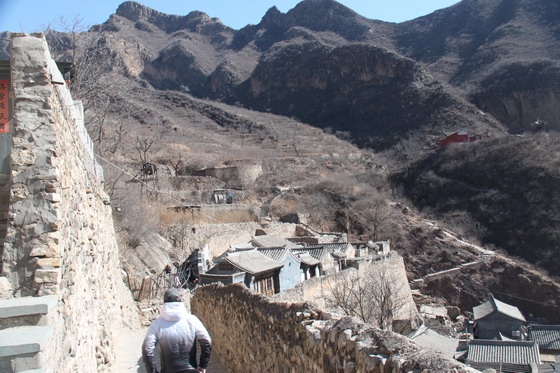

Tip: Hassle-free Beijing Guided Tours
If you don’t want to go the do-it-yourself route and prefer the hassle-free escorted tours, here are some options for Beijing guided tours:
Beijing Day Tour
Beijing Tour Packages
Beijing Winter Tour
Beijing Autumn Tour
Great Wall Tour
Car Rental in Beijing
Beijing Tours
China City Tours
China Tour
Further Readings
Best Time to Visit Beijing
How to plan a trip to Beijing
Top 10 Attractions in Beijing
How to Visit Forbidden City
How to Visit Temple of Heaven
How to Visit Summer Palace
How to Visit Ming Tombs
How to Visit the Great Wall of China
How to Visit Tiananmen Square
How to Visit Hutongs
How to Visit Olympic Sites
Top 10 Markets in Beijing
Top 10 Shopping Malls in Beijing
Beijing Shopping
Wangfujing Walking Street
Qianmen Commercial Street
Gui Jie ( Ghost Street) Food Street
Any questions, just drop a line.







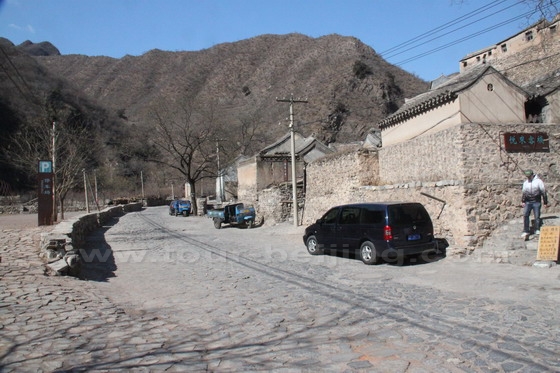
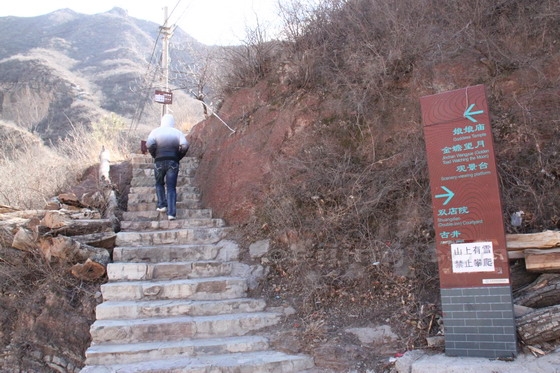
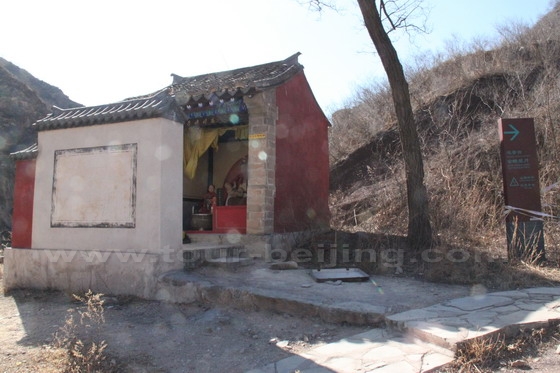
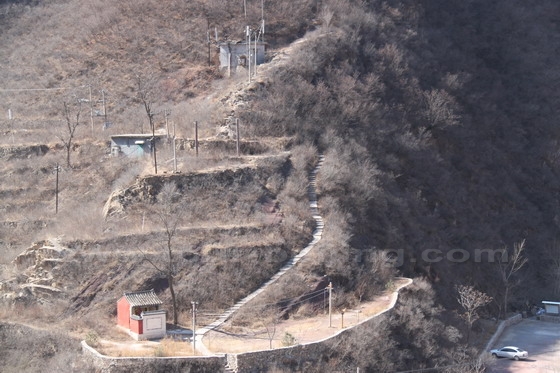

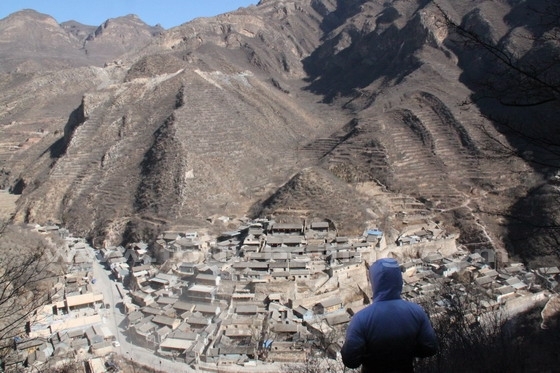
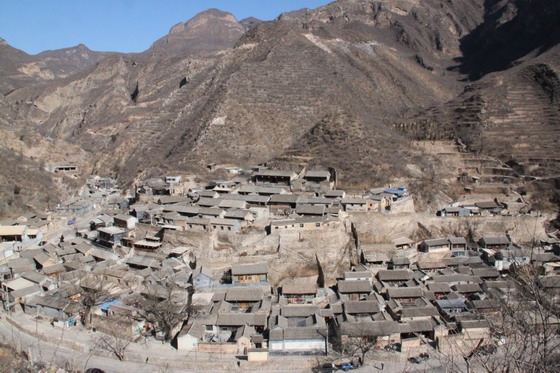


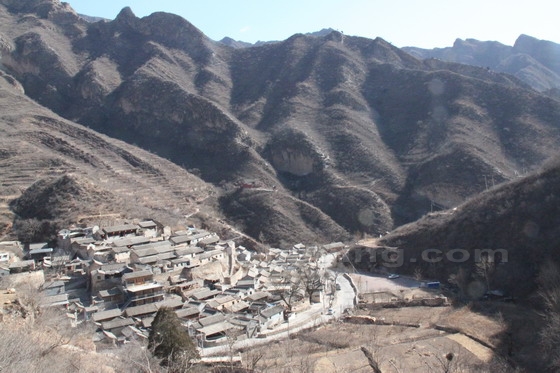
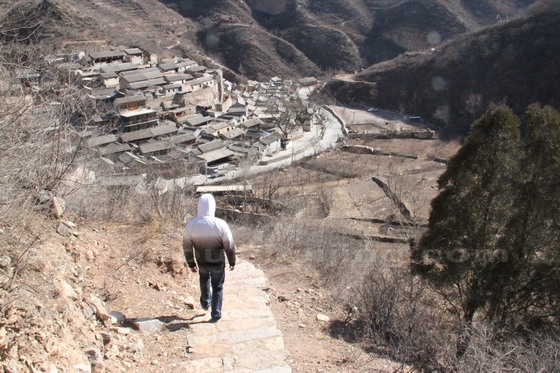

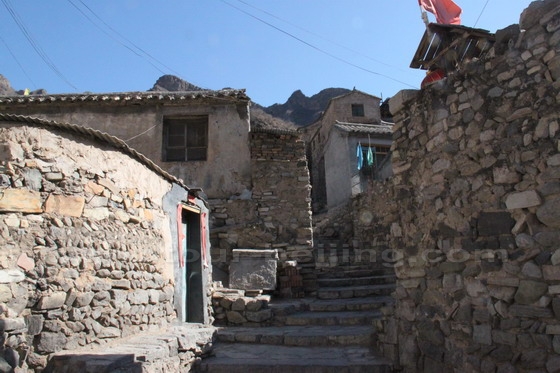
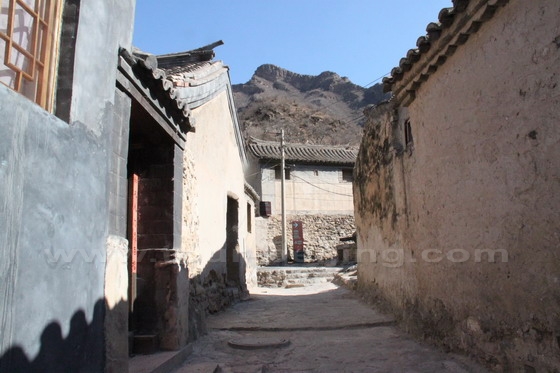
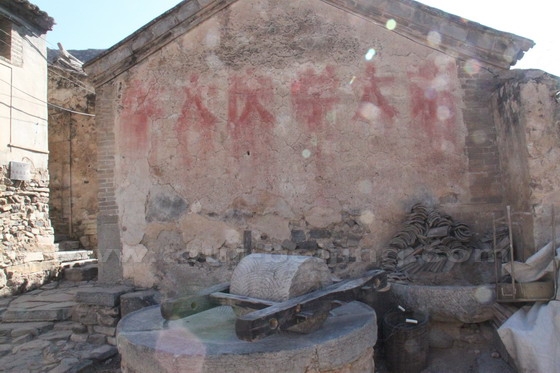
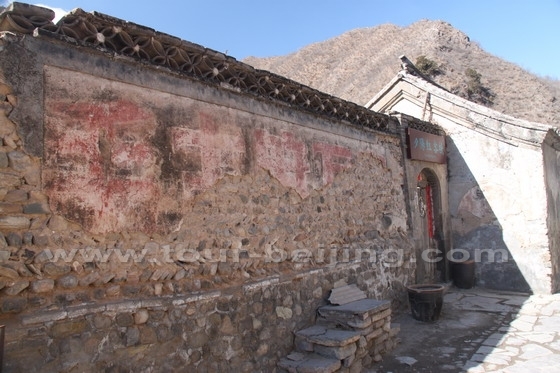
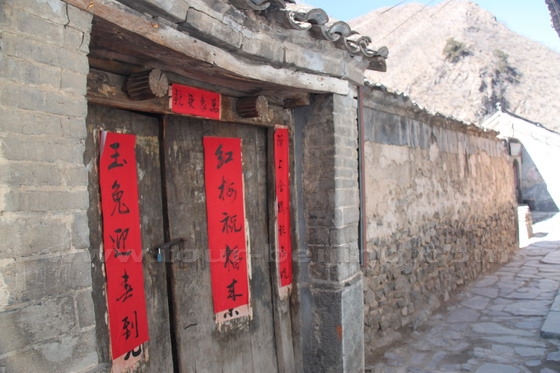
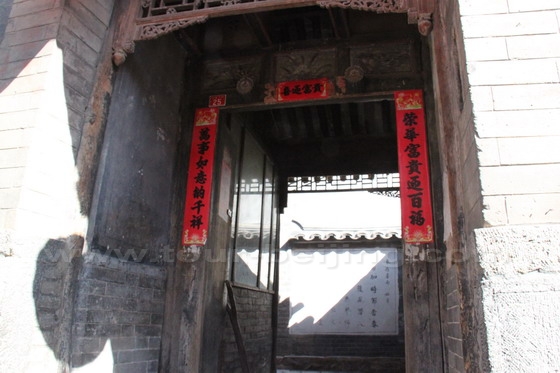

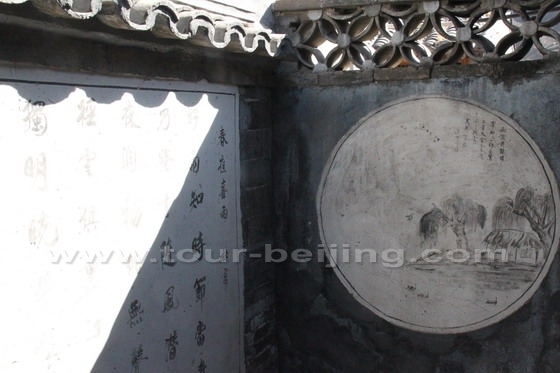

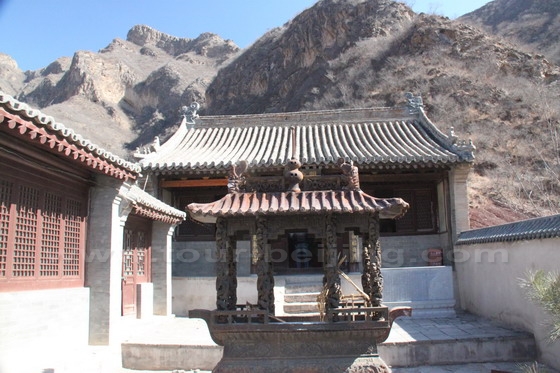
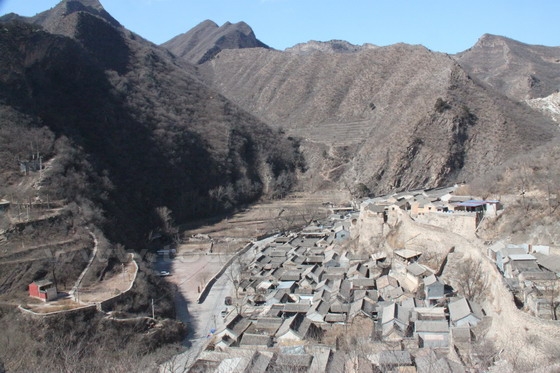
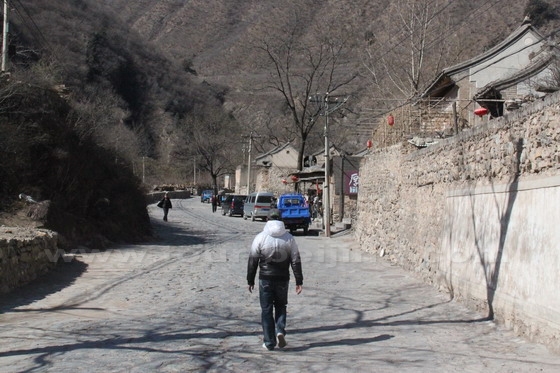
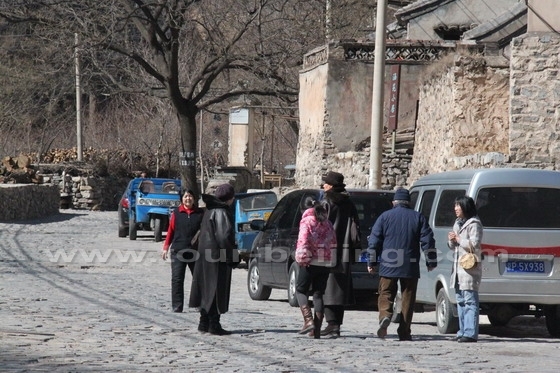
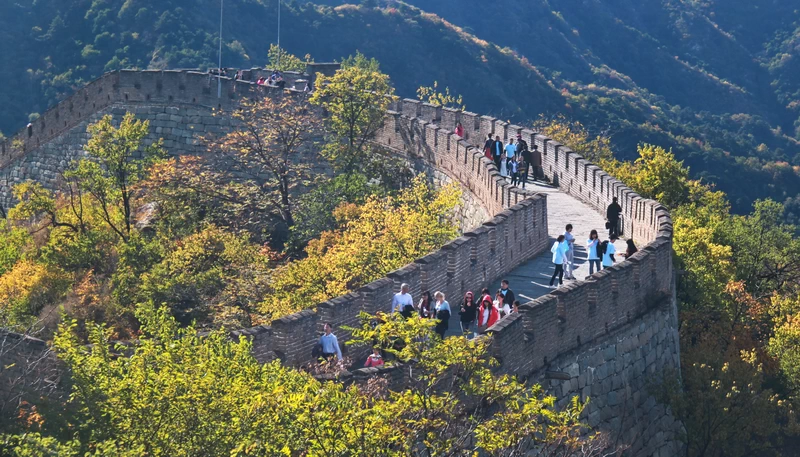
Hello there,
We’d like to visit this Cuandixia village and the nearby village. We are not driving and would be able to find our way there but we need accommodation and we notice there’s simple farm house accommodation and we’d like to book. Please anyone tell us how to contact these farm house persons-in- charge as we are leaving for Beijing on the 13th.
Thanking you!
Soo